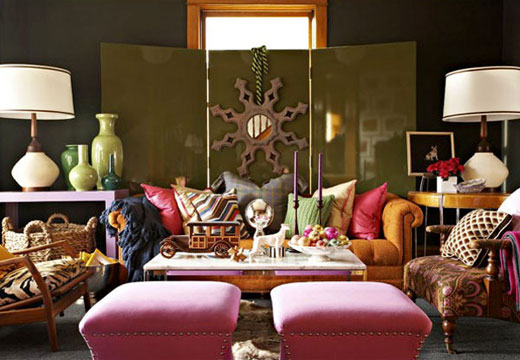Home Care
5 Ways to Beat the Heat in Your HDB Flat (Without Raising Your Aircon Bill)
Heat and humidity are two of the biggest things that everyone in Singapore has to deal with every year, but that doesn’t mean you have to deal with it all the time. Here’s how you can cool down your HDB flat without raising your electricity bill or adding to global warming:

1. Draw the blinds
You might think that opening your windows might allow air to circulate, but the truth is that you may just end up heating your HDB flat even more since sunlight can enter more directly.
This is when you want to draw your curtains and blinds while keeping the windows themselves open.
2. Add refreshments
Serving cold water or fruit juice is not just a good way to cool down without having to switch on your air conditioner, but it’s also a great way to stay hydrated when you or everyone at home is feeling sweaty.
If you don’t already have a water cooler in your home, simply keeping a pitcher or two of cold water in your fridge helps everyone cool down.
Other than cold water or fruit juice, adding chilled fruit can easily turn a hot day into a great summer season any day of the year.

3. Switch out your incandescent bulbs
If you still have incandescent bulbs in your HDB flat, you’re better off switching them out for LED lights, which are cheaper, more energy-efficient, last longer, and give your room a much cooler atmosphere.
You can also keep everything cooler by keeping unused appliances unplugged, since the electricity they use can easily turn into heat.
4. Switch to fans
Electric fans are a good alternative to keeping cool without raising your electric bill too high. If you have a ceiling fan, use it instead of your air conditioner as a way to cool down by keeping the air circulating throughout your home.
When you do use an electric or a ceiling fan, make sure that it’s up to standard. Its blades should be angled by at least twelve degrees and at most sixteen degrees to create the right amount of airflow.

5. Add more plants
Plants absorb and filter heat and light, which makes them a simple way of improving air quality in your home. Many plants are also low-maintenance and grow quickly, which doesn’t make them too much trouble to have in your HDB flat or condo unit.
This means that by getting the right indoor plants and placing them in the right areas where they get enough sunlight, you have an easy way of keeping your home as cool as possible – and you only have to water them every other day.
The Dirtiest Places in Your Home – and Why You Shouldn’t Worry
You would probably believe that the dirtiest places in your home, whether you live in an HDB flat or a condo in Singapore, are the kitchen sink and the floor – and for the most part, you would be right.
However, there may be more places harmful germs and bacteria could lurk inside your home without you ever knowing it until now – and here are just some of them:

Living Room
It would make sense that the area in the house that gets the highest traffic would also be one of the dirtiest areas in your home, and surfaces in your living room from chairs, sofas, remotes, etc. would also be touched or used by everyone.
Washing Machine
Leaving wet laundry in the washing machine even for a short amount of time can turn it into a hotbed for all kinds of germs and bacteria. If you have one at home, be sure to transfer clean clothes to the dryer right away.

Bedroom
Not even your room is safe from germs and bacteria – and not even your own body, for that matter. This is because your skin houses millions of microbes that, along with dead skin cells, sweat, and sometimes even saliva, can transfer to your linens and pillowcases.
Why You Shouldn’t Worry
Now that you know that bacteria can lurk in almost any surface wherever you go, there’s a good chance that you might start getting worried. But there’s really no need to.
In fact, most of the microbes that live in your home are harmless, and they aren’t always found on surfaces either. As long as you keep in mind the following tips, you can keep your home clean and sanitary:

• Replace cleaning items regularly. The average kitchen sponge has an unbelievably high bacteria count, and the same can be said about toothbrushes. To minimize any chance of getting sick at home, be sure to replace these regularly.
• Clean out your home. Even common household items, such as soap and water, bleach, or even disinfectant wipes and hand sanitizers can do wonders in keeping your home clean and sanitary.
• Put your shoes away. Bringing and wearing outdoor shoes and footwear inside is an easy way to introduce all kinds of microbes into your home. As much as possible, before entering your home, take off your footwear.
• Change your air filter. Air filters capture dust, bacteria, and germs that could make people sick, but they can still clog up over time and perform poorly as a result. To keep your air fresh and clean for longer, be sure to change them regularly.
7 Tips for Choosing the Right Paint Color for Your Home
Painting is a cheap and fairly easy way to liven up your home and give it some character. But painting isn’t simply thinking about your favorite color and proceeding to brush away. Follow these seven tips to avoid do-overs and make sure you have wonderful walls in your home.
Match paint with furniture
If you already have furniture and other prominent home accents, you can use them as the base for your wall paint and follow the “Rule of 3 Colors”, which is simply that the best color palettes are a mix of one dominant color (your wall paint) and two complementary colors (furniture and accents). A yellow shade, for example, would match well with a navy blue sofa and some stylish green house plants.
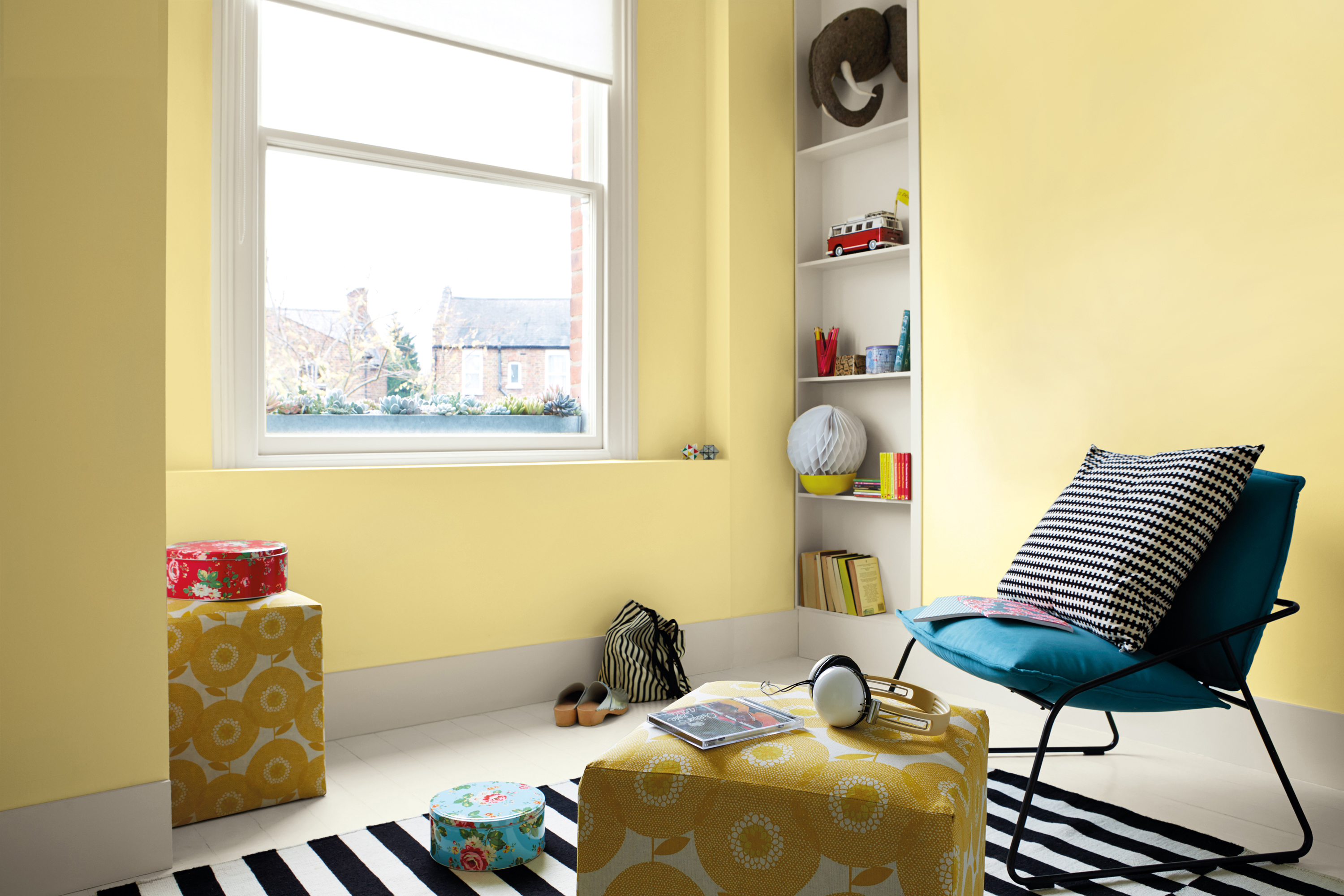
Choose neutral colors
Your choice of neutral colors isn’t just limited to white or beige. Rose pink, powder blue and light grey, among much else, would serve just as well. Neutral colors have three advantages: they naturally look elegant, they can be easily customized, and they make the room look more spacious. Just add highlights, such as trims and borders, to avoid making your room look too plain.
Explore different shades
It could happen that you’re halfway painting a wall when you realize the color you chose isn’t really what you had in mind. (This is quite common since a sample plate looks much different from a fully painted wall.) However, instead of doing over, try first to make the paint a bit lighter or darker – it might all just be a matter of shades.
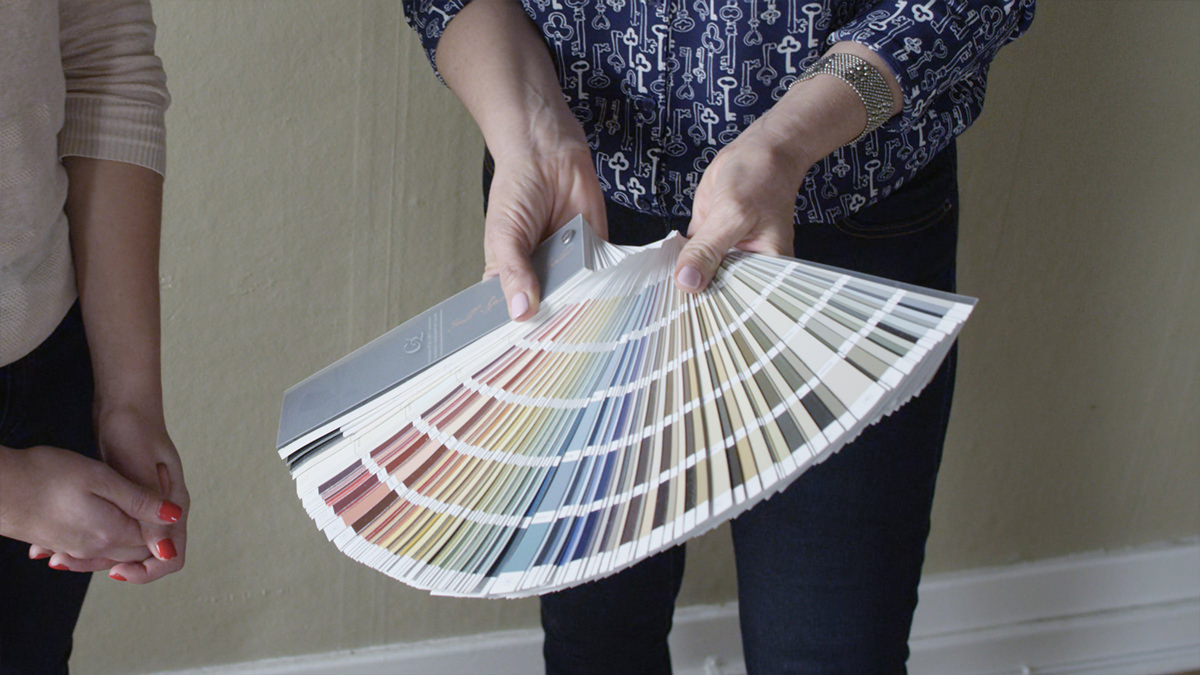
Have a cohesive element
If you want different paint colors for each part of your house – the living room, bedrooms, kitchen and dining area – make sure that your home still has a unified look by using a single color accent for your trims, millwork, door frames and window frames. Explore both bold and subdued colors and shades for this one.
Use the psychology of color
Unsure what to color a room? Use color psychology. For the kitchen, the best color is yellow as it energizes the room. Red is for the dining room as it increases appetite (use blue, though, if you want to diet). Blue or green are for home offices as these colors boost productivity. Lastly, white or green are best for bedrooms as they promote tranquility.

Dynamic or relaxing?
Is the room you’re painting a place for relaxation or for play? For the former, use analogous colors (colors that are close to each other in the color wheel) such as green and blue. If it’s the latter, use contrasting colors, such as blue and orange, to create dynamism.
Don’t forget about sheen quality
Painting with a high sheen, such as semi- or high-gloss, will make the color look a bit darker and more likely to show any imperfections in your wall, but create a dramatic and formal look ideal for the living room or dining room. A low sheen or matte finish gives a velvety, soft gloss that make a space feel lighter, making it best for entrances, hallways and bedroom.
Everything You Need to Know About Buying an Air Purifier for Your Home
There may be instances where your own home or office doesn’t have the same quality of fresh air that you’re used to, and you may need the help of certain devices to make sure the air retains its quality.
This is where air purifiers come in, which are devices specifically designed to get rid of really fine particles smaller than grains of sand or less wide than a strand of hair that can cause allergies to people in the room.
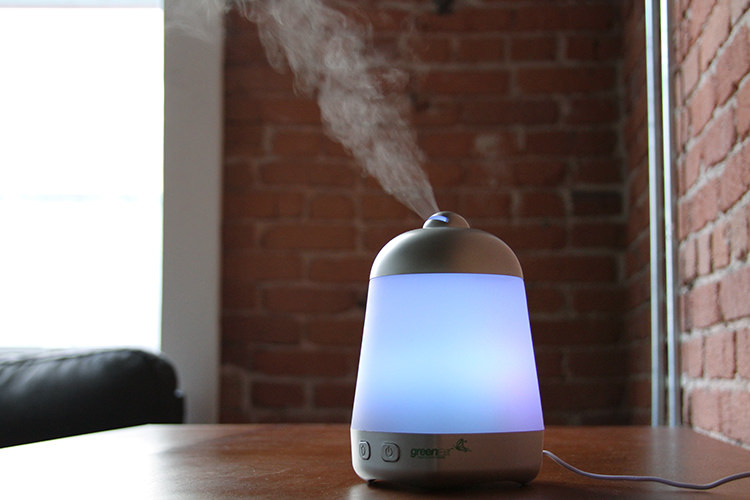
What Does an Air Purifier Do?
Air purifiers essentially get rid of any airborne contamination, such as bacteria, mold, viruses, and even certain odors and other carbon-based contaminants. They do so by using different means of filtering these air particles, such as electrostatic filters and mechanical filters.
There are different types of air purifiers that can do the job of purifying air for you, such as:
• HEPA air purifiers (which are several different filters that suction and separate particles from the air),
• Electrostatic precipitators (devices that charge airborne particles and make them stick to electrically charged metal plates),
• UV Light air purifiers (devices that use UV light and radiation to kill airborne contaminants, such as bacteria, spores, and viruses),
• Activated carbon purifiers (activated carbon is a type of carbon that is great for trapping chemicals and off-gassing)

What to Look For
Here are the top features you need to look for when choosing an air purifier to buy for your home:
• Ozone rate – Ideally, you want an air purifier machine to purify the air in your room without releasing by-products that could potentially be dangerous when inhaled.
Additionally, rooms often can’t be entered for at least 24 hours when treated using an ozone generator.
• High CADR (Clean Air Delivery Rate) – Charging incoming particles with a negative electric charge will cause them to stick onto an electrostatic plate, which is what allows most purifiers to achieve a high CADR.
• Genuine HEPA filter (High Efficiency Particulate Air filter) – The standard used in critical areas such as operating rooms in hospitals to make sure all airborne contaminants are removed with a 99.97% efficiency rate.
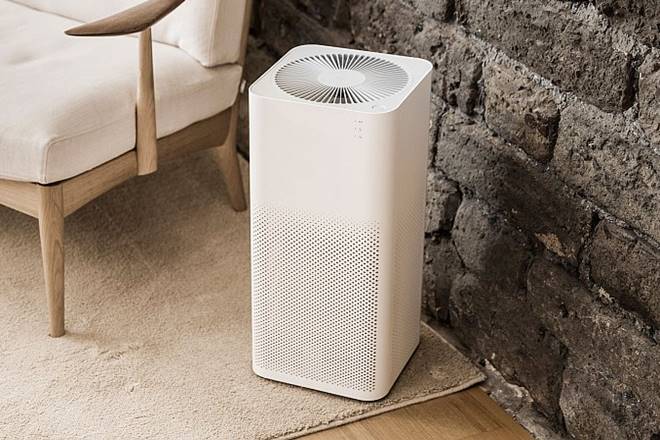
Getting the Right CADR fitting for Your Room
The best way to get the right setting for your room is by following the “two-thirds” rule, which means that you want a purifier with a CADR number that is at least two thirds the size of your room’s area.
However, because your room size may be bigger or that the number listed on the box is measure in square feet, you will have to convert it yourself and compare the measurements afterward.
If you can’t get the appropriate purifier for your room, you can also choose to go for a smaller one placed at critical points in your room, such as near your bed or near the sitting area in the living room.
5 Simple Tips to Mix and Match Furniture and Decor
Mixing and matching your furniture can be a great way to inject some personality and life into your home, but it can also be a cause of decorating eye sores. Luckily, there are some decorating guides you can follow in mixing and matching your furniture like a pro.
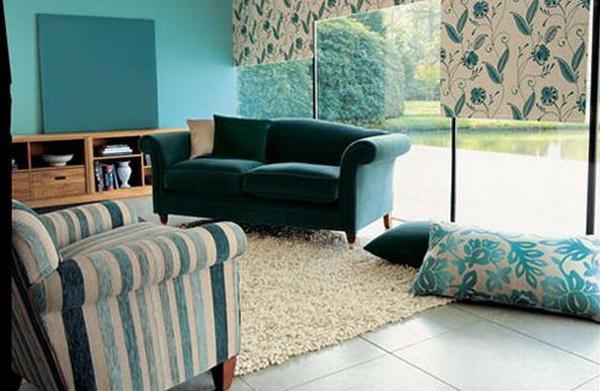
- Experiment: As you go about styling your interiors, always remember that this is a trial and error process. If it’s your first time to arrange your home items, don’t expect that you’ll get everything perfect right away. Also, don’t be afraid to experiment in matching your furniture. Though it may take some time until you’re fully satisfied with the outcome, it’ll surely be worth your time and effort.
- Work on a Colour Palette: In interior designing, your colour palette should be your main guide in choosing your furniture and décor item. As a beginner, you should first decide whether you want to use cold or warm colours in the different areas of your house. Spend some time figuring out which colours look great together in a particular space, and which ones clash. Consider any textures and patterns in your furniture and walls.
- Know When Things Become Too Much: Although there are no rules in mixing and matching furniture, there are still some guidelines that you should follow to ensure that you get an interesting outcome without being overbearing. A good trick to avoid a crowded design is to work with 80 percent solid colours and 20 percent patterns, without using more than four patterns in each room. Anything will do for the types of pattern you want to use, but decorate them in varied sizes to create a layered feel.
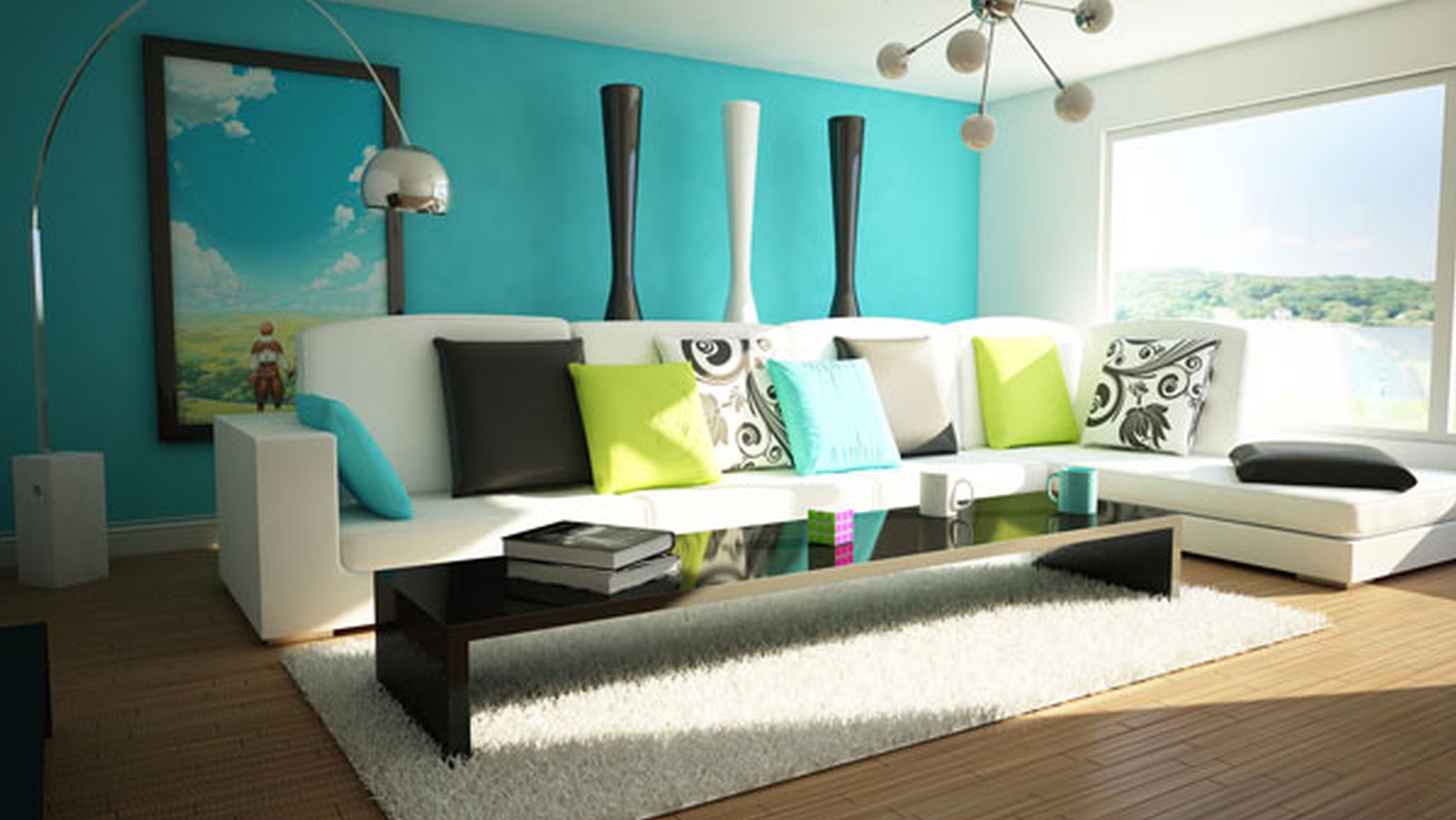
- Think Formal and Informal in Mixing Woods: Perhaps the most challenging aspect in furnishing a room is in coordinating your wood pieces. The first rule in decorating wood is to choose something between formal and informal pieces. Another thing you should consider is the undertone of the wood you’ll be using, so that you’ll be able to create a balanced and harmonious space.
- Play with Different Colour Tones: If you’re a newbie in the mix and match department, the safest and most harmonious way that you can decorate your house is to work on single colour palette in varying shades. This way, you’ll be able to get creative with your patterns and textures with ease. Also, going with a common hue aids in complementing each varying pieces, as well as in creating a layered look.
There’s no simpler way to add a hint of your personality to your home than decorating it yourself. Though it can be tricky at times, using the aforementioned tips will surely help you in giving your home a refreshing and more stylish look.
